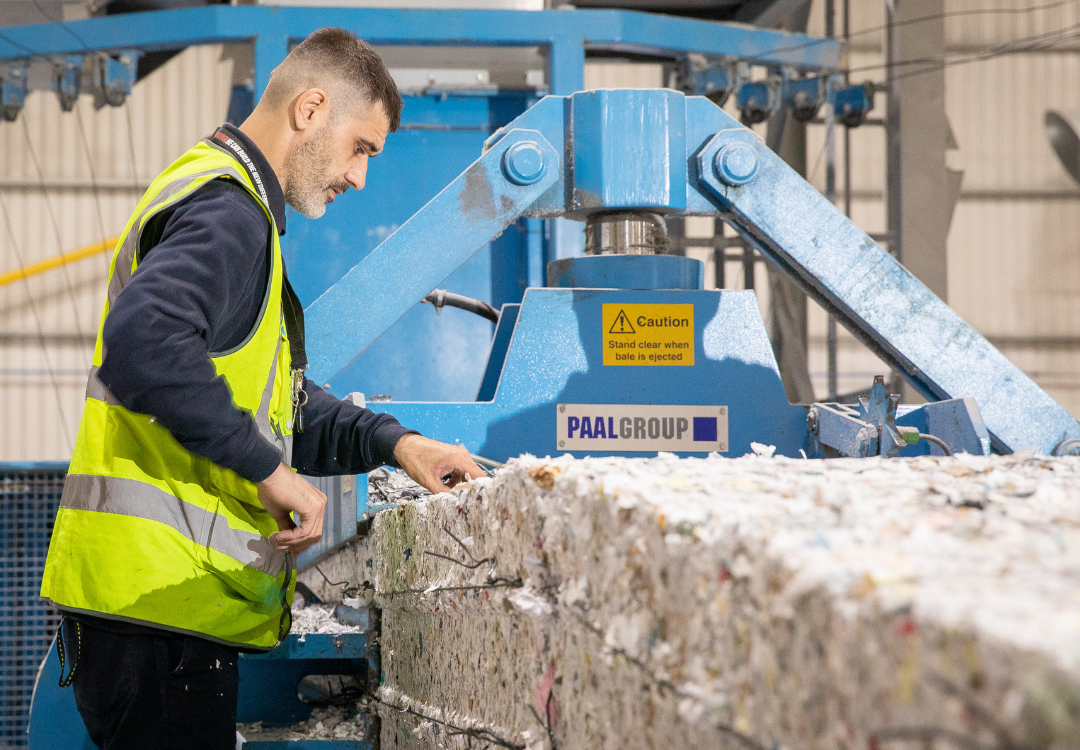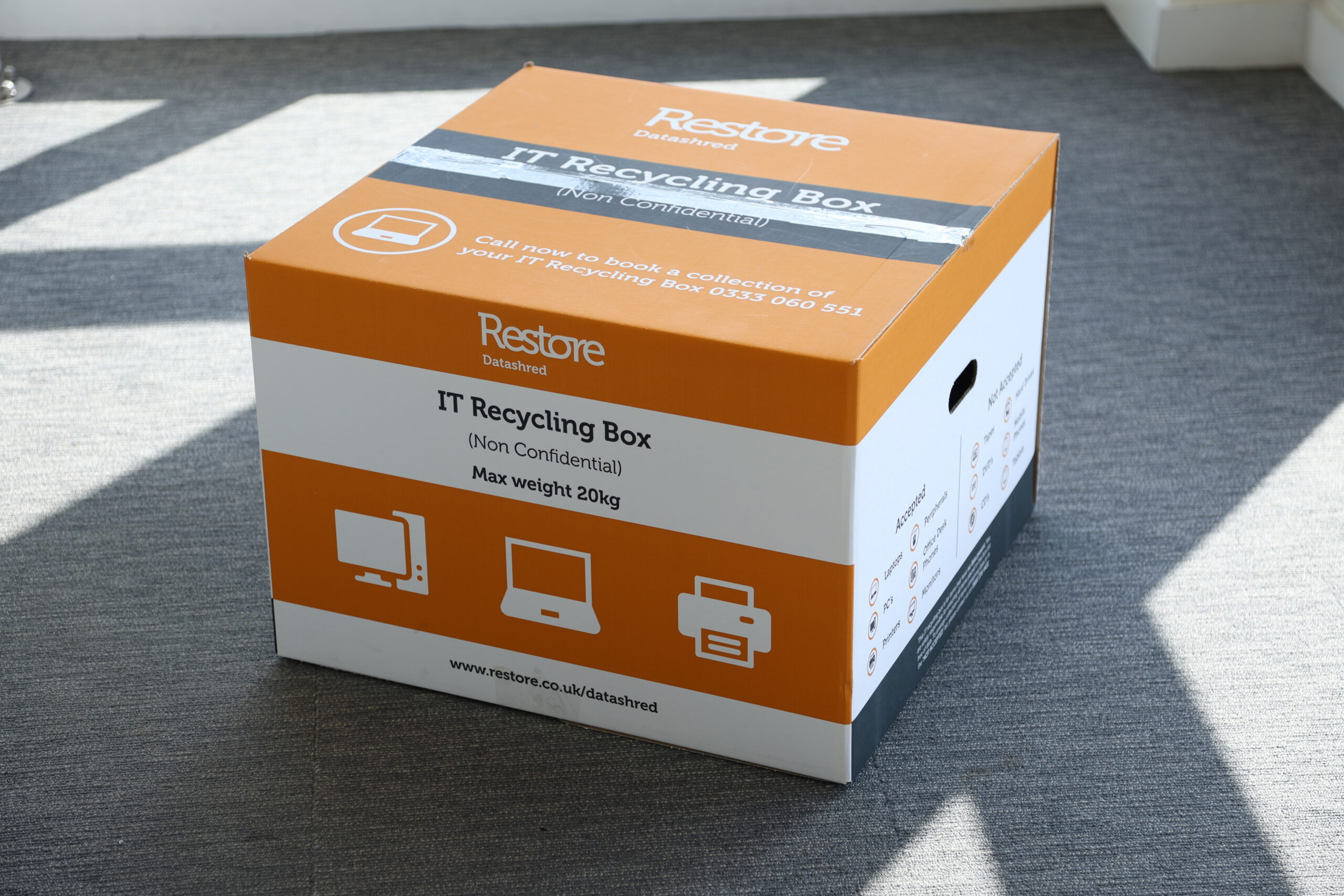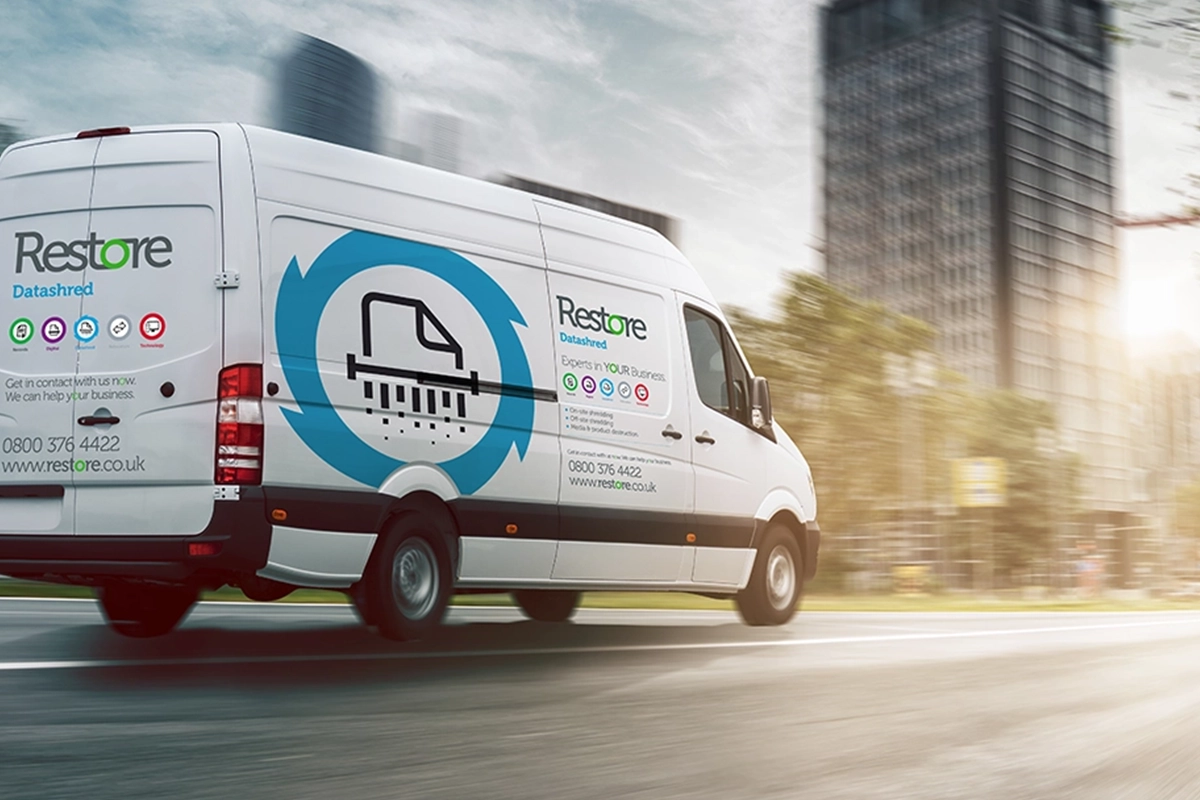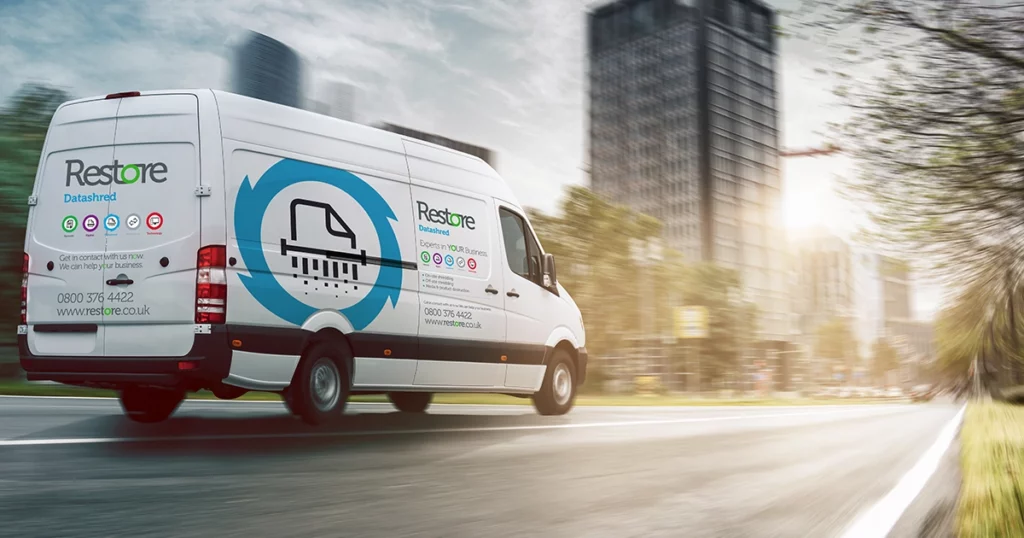When devices, drives, or documents reach the end of their life, it’s not enough to say they’ve been “disposed of”. Regulators, auditors, and customers expect proof. That’s where a data destruction certificate, often called a Certificate of Destruction, comes in. It’s the formal evidence that specific items were collected and destroyed securely and in line with recognised standards. Think of it as the paper trail that closes the loop on secure disposal. It shows what was collected, how it was destroyed and when, so you can satisfy auditors, reassure customers and move on with confidence.

What is a data destruction certificate?
A data destruction certificate is a professional document that itemises what your supplier collected and confirms how and when those materials were shredded, wiped, granulated, or otherwise destroyed. It typically includes dates, locations, chain‑of‑custody details, destruction methods, and a reference to the standards followed.
This certification of data destruction helps you evidence compliance with the Data Protection Act (DPA), GDPR, and the secure shredding standard BS EN 15713:2023, and it’s exactly the sort of record an auditor (or an investigator, after a breach) will ask to see.

Why do companies need a data destruction certificate?
To prove compliance without complications. A certificate of destruction (data) shows you handled confidential information responsibly, from payroll records to patient notes and customer databases. If you’re challenged, you have more than good intentions; you have documented proof.
To reduce risk. Should a security incident occur, being able to produce a certification of destruction helps demonstrate diligence and limit liability. It also reassures clients and partners that you take data governance seriously.
To streamline audits. Many organisations will only work with fully audited suppliers. A destruction certificate aligned to DPA, GDPR, and BS EN 15713:2023 shortens audit cycles and keeps procurement, legal, and InfoSec aligned.
To make sustainability visible. For an IT kit, a certificate often records whether items were refurbished, recycled, or destroyed, supporting ESG reporting and WEEE (waste electrical and electronic equipment) obligations.
How do you obtain a data destruction certificate?
The best way is to work with a reputable, standards‑led provider. With Restore Datashred, for example, customers gain access to Shred Smart, a secure portal where they can log in and download all their documents at any time, complete with collection notes, a shredding certificate of destruction, and historical reports should auditors request them. That means no hunting through inboxes or waiting for someone to resend files; your records are where you need them, when you need them.
The process is straightforward:
- Book a collection or on‑site service: Your supplier captures asset and container details so every item is traceable.
- Destruction is carried out to industry standards: For paper, that’s secure shredding; for media and IT, methods range from certified wiping to degaussing and physical destruction, again, all aligned to BS EN 15713:2023.
- Receive your certificate: You’ll get a certificate that itemises what was collected and confirms the method and date of destruction. Keep it with your retention and disposal records.
What types of data destruction certificates are there?

A certification that confirms secure destruction of paper records under requirements for confidential shredding.

Proves individual HDDs/SSDs have been wiped (with verification) or physically destroyed. You might see this listed on inventories where each drive’s serial number is recorded.

Used when IT equipment goes through reuse or recycling streams to confirm that data‑bearing parts were sanitised or destroyed and that the remainder was processed responsibly.

For electricals, proof of handling under Waste Electrical and Electronic Equipment regulations, often written as WEEE certification (you may even see the mistyped “wee certification” in some systems, but it refers to the same compliance pathway).

What should a good certificate include?
Itemisation: Clear lists of containers, boxes, drives, or devices with counts and (for media) serial numbers.
Methodology: The destruction process used, such as cross‑cut shredding to specified particle size, NIST‑aligned wiping, degaussing and shredding for end‑of‑life drives.
Dates and location: When and where the destruction took place, and whether it was on‑site or in a secure facility.
Chain‑of‑custody: Collection references, vehicle tracking or GPS stamps, seal numbers, and details that show uninterrupted handling.
Standards and compliance: An explicit statement of conformance such as BSEN15713:2023, GDPR and WEEE pathways for electrical equipment.

Practical tips to stay compliant
Match your retention policy to disposal. When a record reaches end‑of‑life, schedule destruction and attach the certificate to the retention log entry.
Standardise across sites. Use the same provider and certificate format so audit sampling is quick and consistent.
Centralise certificates. Use a portal (such as Shred Smart) to store your document shredding certification and export reports before audits.
The bottom line
A data destruction certificate isn’t admin for admin’s sake, it’s the evidence that protects your organisation, reassures your customers, and keeps audits short and predictable. Whether you need routine document shredding certification or coverage for an office refresh, choose a partner who is standards‑driven, and makes your paperwork effortless.If you want destruction done right, with clear, trustworthy proof at your fingertips, talk to us at Restore Datashred. We’ll handle the process end‑to‑end and put a certificate in your hands the moment the job’s done.
Contact us nowIf you’re disposing of confidential information learn more about our secure services:



 Customer Login
Customer Login


